C’mon, Carter, build us a house, you lazy bum!
– Homer Simpson
I volunteer for Habitat for Humanity for selfish reasons–it’s so much fun! I work on landscaping, from planning to planting. Habitat sources its plants from Bailey Nurseries, and they let us choose from a list of incredibly hardy plants, including a large proportion of natives. I posted selections from the list last year, including:
1. Echinacea (Coneflower)
2. Agastache (Anise Hyssop)
3. Rudbeckia (Black-Eyed Susan)
1. Physocarpus (Ninebark)
Ninebark is a very hardy shrub that comes in just about every size. Pictures of ninebark tend to focus on the spring flowering stage, and not without reason.
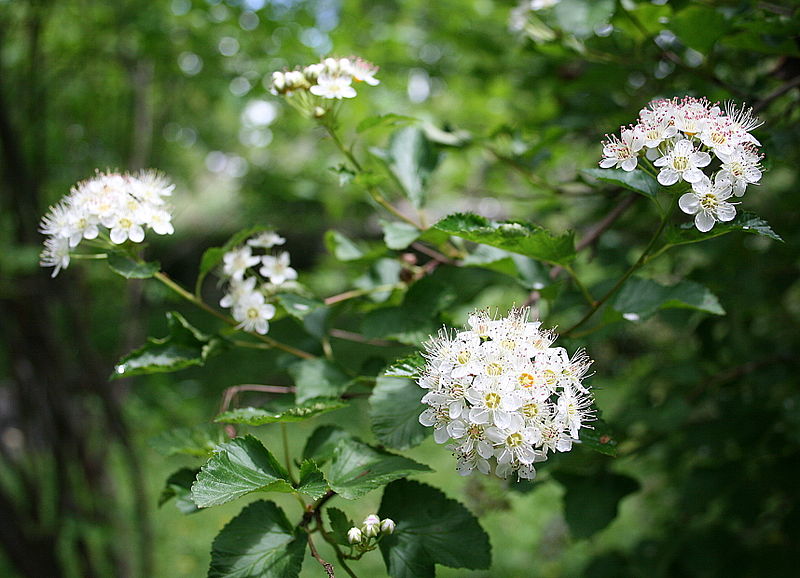
(via)
But while the flowers are pretty, they don’t last that long. Ninebark’s best feature is really its foliage. You can take your pick of colors.
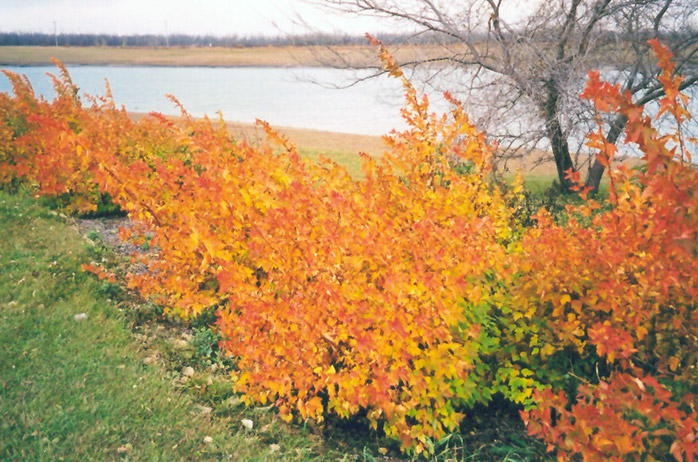
Dart’s Gold Ninebark in autumn (starts chartreuse in spring) (via)
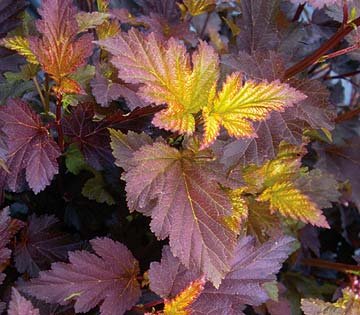
Center Glow Ninebark (via)
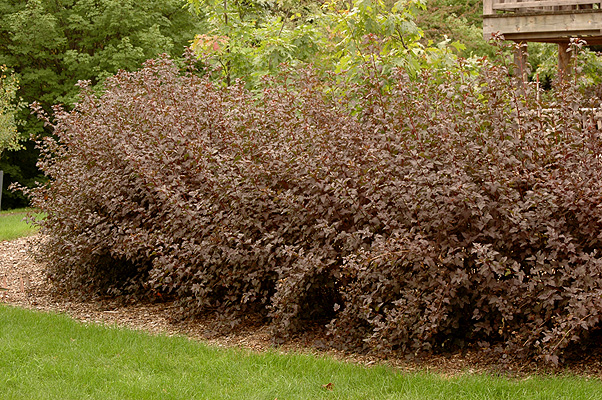
Diablo Ninebark (via)
Ninebark is a North American native, and it provides excellent habitat for songbirds. Its flowers are good early fodder for bees and butterflies. It is drought-tolerant, and will grow in a range of soil types, both in sun and part-shade. Ninebark is great as a hedge or as a feature. Pick a color, any color, and enjoy the show.
2. Asclepias Tuberosa (Butterfly Flower)
“Butterfly Flower” (also called “Butterfly Weed”) is simply a type of milkweed (asclepias). Milkweed plants host monarch butterflies, and with monarchs in serious decline, they need all the help we can offer. Planting butterfly flower–or any milkweed–is an easy way to help butterflies. Plus you end up with a good-looking, easy-care plant.
These are typically orange-flowered, but have been bred into a full spectrum. The butterflies don’t care one way or another, so choose the one you like (and plant a bunch).
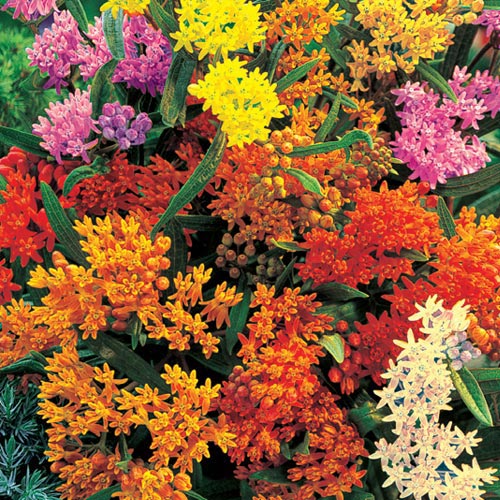
Gurney’s Butterfly Flower Mix (via)
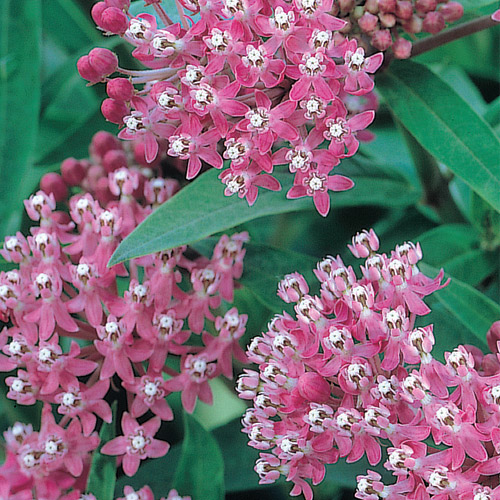
Sweet Vanilla Butterfly Flower from Michigan Bulb (via)
Butterfly Flower doesn’t like to be transplanted once it’s in place (it puts down a taproot and hates to lose it), so pick where you want it to be for the long haul.
And remember: ANY asclepias variety can host monarch butterflies, so don’t stop at Butterfly Flower. Plant milkweed with wild abandon.
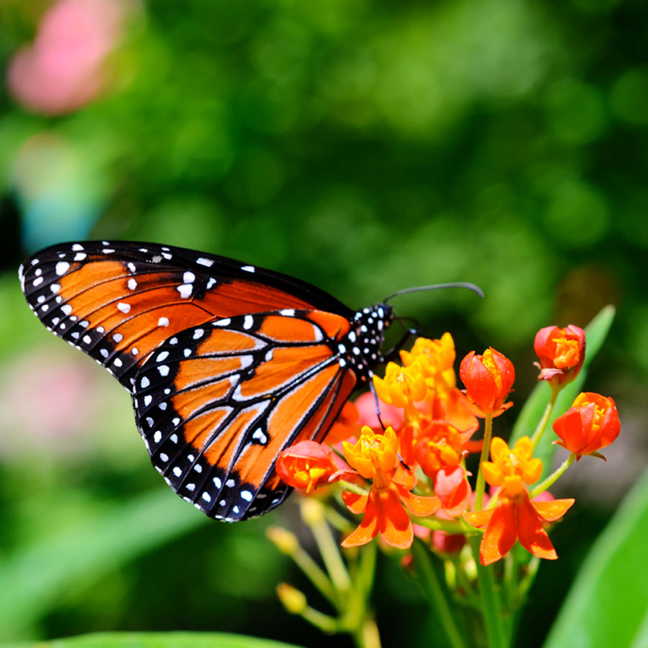
Orange Butterfly Flower from Park Seed with friend (via)
This milkweed, like others, is native to the Americas, so it’s easy to grow as long as you have a sunny spot. Because it establishes a taproot, it does well in dry spells (although you should keep it well-watered during its first season). It’s hardy to zone 3, so winter is no problem.
3. Pulmonaria (Lungwort)
If you have a shade garden, you are probably somewhat tired of hostas. They are great, but don’t other things grow in the shade? Why, yes! Check out this strangely named but lovely groundcover.
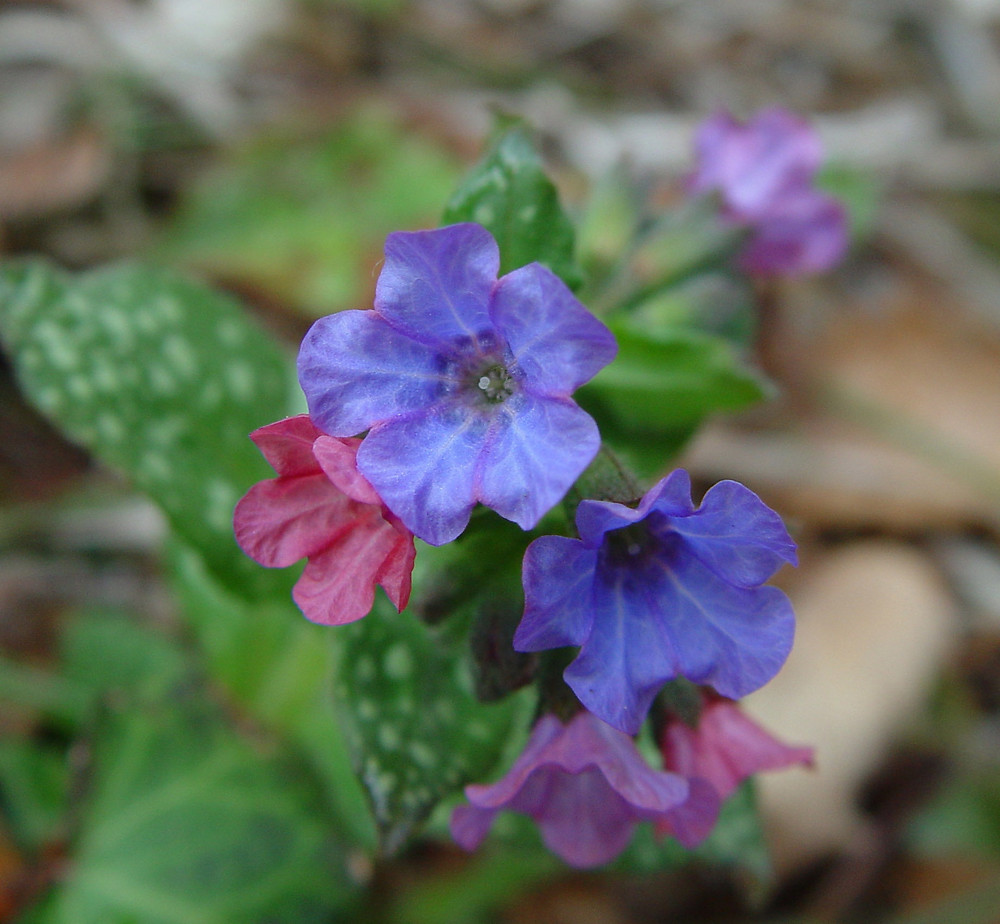
(via)
An aside: I love botanical names. The Latin root pulmon- is for lungs (you’ve probably heard of pulmonary embolisms). The fancy name “pulmonaria” comes from the vernacular “lungwort” in English (lung + “wort” from the Middle English for herbaceous plants). It is so named because the leaves look like lungs, with the spots reminding early physicians of afflicted lungs. The theory was that a plant that resembled a physical problem must have medicinal effects for that problem, so lungwort was used to treat lung ailments. It doesn’t do ANYTHING for such ailments, but nevertheless.
Lungwort comes in pinks and purples and blues, with some varieties bred for larger white splashes on the foliage as well. It’s at home in the shade, where it’s easy to grow. I have them under spruce where little else will grow.
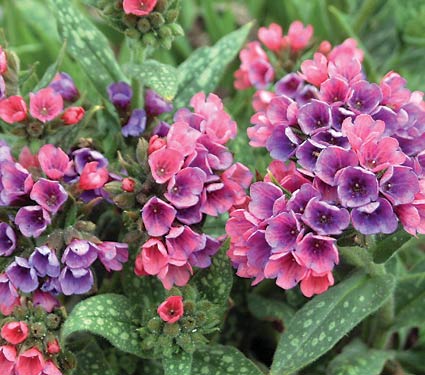
Raspberry Splash Pulmonaria (via)
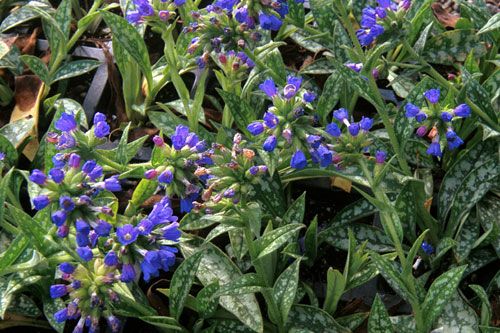
Roy Davidson Pulmonaria (via)
They bloom very early. Did I mention they do that in the shade? But unlike other shade plants, the flowers are vividly colored. Once they are gone, the foliage is a great counterpoint to other shade plants. The white splashes help light up darker garden spaces.
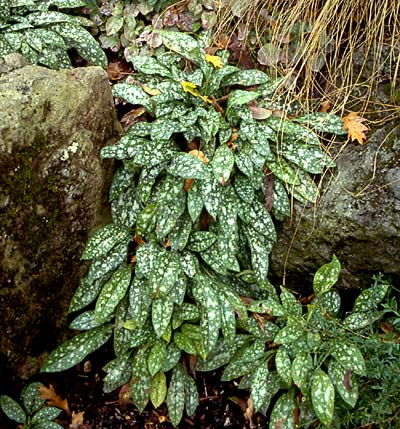
(via)
They still don’t look like lungs, though.
They spread (slowly) via rhizomes and require little effort. Moist shade is better than dry; however, like peace lilies, they droop dramatically before they are really in trouble, so they let you know if they need a drink. Since they stay low, they are perfect for lining a path. I can never have enough of them, and it’s going to be fun to use them in Habitat landscapes.
Here’s to a great 2014 planting season!

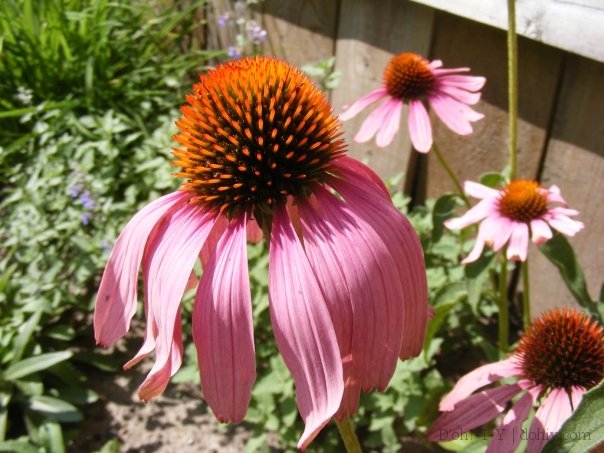
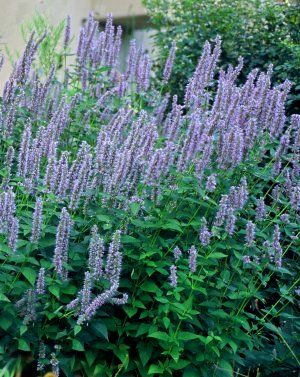
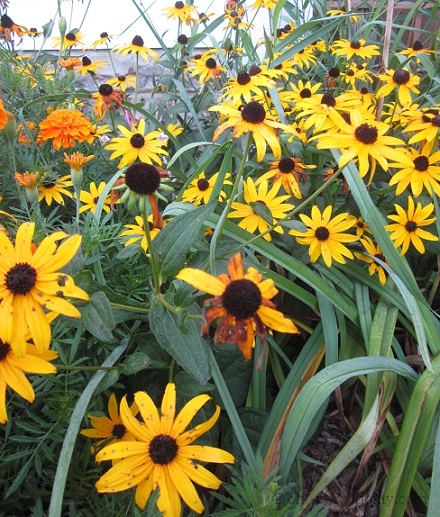



3 Responses to Good Easy Plants: The 2014 Habitat for Humanity Edition